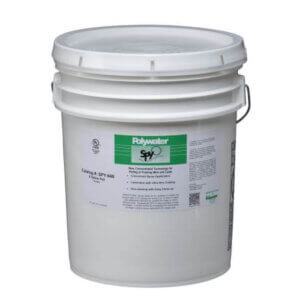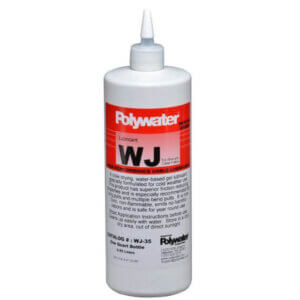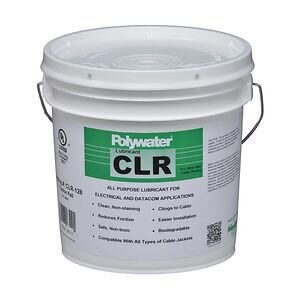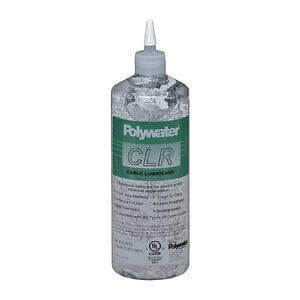PJ-320 includes: |
|---|
Pourable Cable Pulling Lubricant
Polywater® PJ offers the same high-performance factors as heavy duty Polywater J. Polywater PJ matches Polywater J’s high lubricity and cable jacket compatibility. When coupled with its low fire propagation properties and ease of clean-up, Polywater PJ is the best choice for installations where pouring or pumping are more efficient methods of lubricant application.
Specifications and Applications:
Cable Compatibility: Passes IEEE 1210 physical and electrical testing on a wide variety of cable materials. It does not stress crack polyethylene. Refer to the technical bulletin for details.
Friction Testing: Shows excellent lubricity on a variety of cable jacket types. Using PVC conduit, the following COFs were measured: PVC .11, XLPE .11, LLDPE .11.
Physical Properties: Dries slippery. It leaves little residue and won’t cement cables into conduit.
Temperature Stability: PJ is stable and will not separate after exposure to high heat or freezing.








